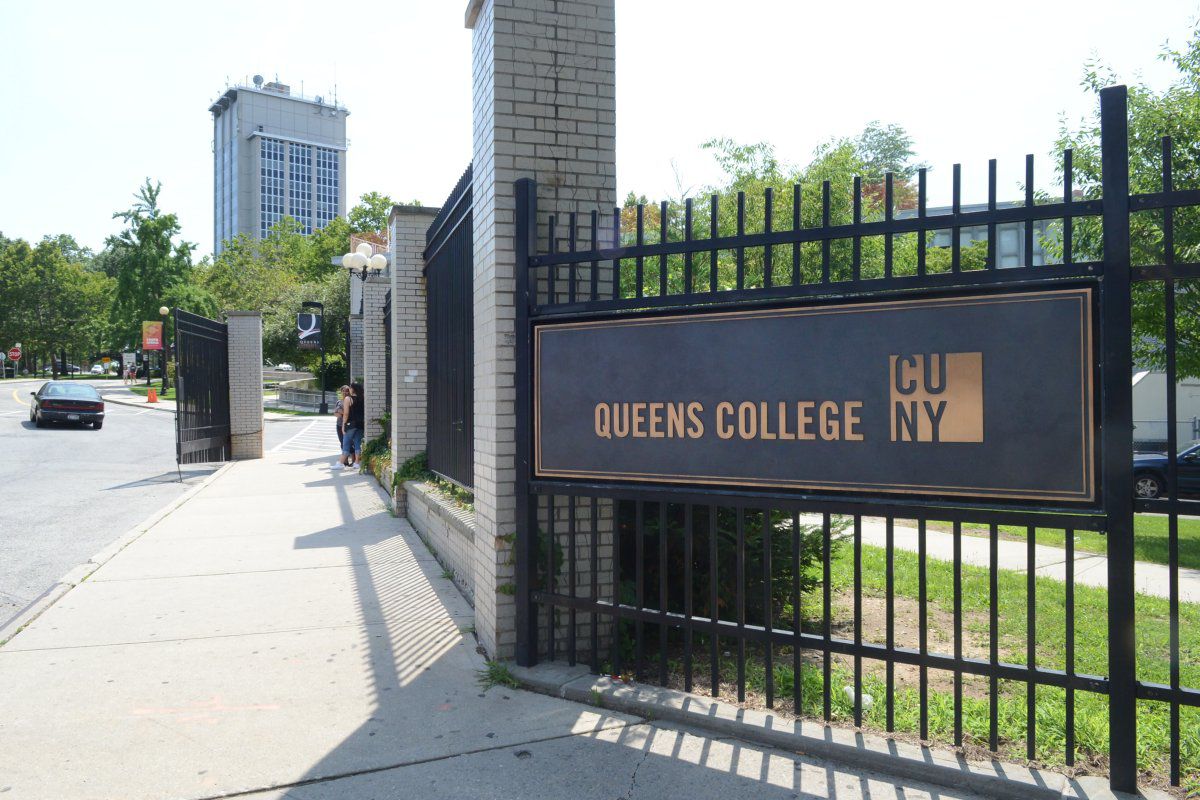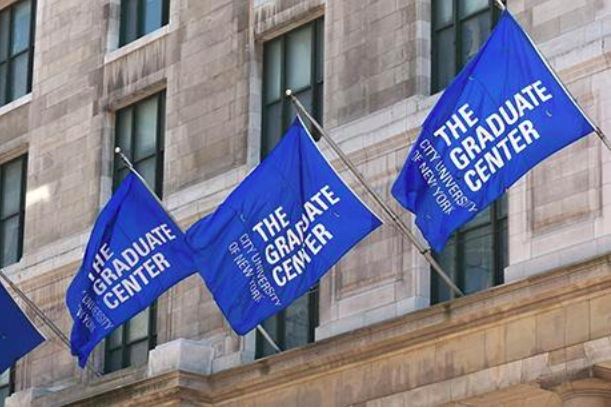By Ameila Inderjeit & Zabrina Mohamed
The Queens Pride Parade will celebrate its 25th anniversary in June, as it continues to honor the evolution of the LGBTQ+ community. Mea upnwhile, members of the QC community have created a number of projects over the past year that celebrate its advancements on campus.
The parade, which was first held on June 6, 1993 in Jackson Heights with around 1,000 marchers, has become a festival that attracts more than 40,000 attendees to celebrate its colorful displays and music.
Activism in the LGBTQ+ community increased in 1990, following the news that Julio Rivera, a gay bartender, had been murdered by three young men “hunting…for a homo out cruising,” according to the New York Times. Rivera’s murder, along with the banning of gay and lesbian groups from the city’s St. Patrick’s Day Parade in 1991, and the rejection of the Children of the Rainbow Curriculum in 1992, led Queens activists to build their own organizations.
To acknowledge the parade’s 25th anniversary, LaGuardia Community College’s Wagner Archives presented “The Lavender Line: Coming Out in Queens” at the Queens Museum last fall, a multimedia exhibition about the Queens LGBTQ community from the 1990s to the present. According to the museum’s description, the exhibit utilized photographs, flyers, video footage, and taped interviews to illustrate the pride and protests “of a community unknown to most New Yorkers.”
When Queens College Manager of Event Services at the Student Union, and the Gender Love and Sexuality Alliance club advisor John Carlson learned of LaGuardia Community College’s efforts, they sought to get QC involved.
“When Odalys (Odalys Diaz Pineiro, President Matos Rodriguez’s deputy chief of staff) brought members of the QC community together along with our LaGuardia partners I was excited to be a part of this project. I hadn’t experienced a strong interest from the college administration to work with the LGBTQIAA+ community at QC in this way before. Intrigued by the possibilities, I strongly urged the president’s office to include GLASA, assuring the team that our student leaders are our greatest asset and truly can have the most powerful impact on any projects that we bring to QC,” Carlson said.
Last semester Carlson curated an exhibit at the Rosenthal Library called “Why Queens Pride? Then and Now.” The exhibit featured early Pride photos, along with a recent photo of members of GLASA at the most recent Queens Pride parade. It also included various Pride flags with descriptions that, according to Carlson, “sparked countless conversations and served as interesting opportunities for faculty, staff and students to ask more questions about the diversity of the LGBT+ community.”
Jordan Mendoza, president of GLASA and chair of the Congress of Club Presidents, along with Professor Noah Tsika of the Media Studies Department, hosted a conference called “Coming Out in Queens: Queer Activism in the Borough” last fall, to promote QC’s involvement with the 25 anniversary. The speakers included one of the first two openly gay city council members, Daniel Dromm–who founded the Queens Pride Parade in 1993.
Dean of Students John Andrejack led a team selected by Mendoza and Carlson that installed a new mural on the north side of the Student Union, near the cafe. The mural offers a pictorial history of the Queen’s Pride Parade, showcasing a photograph of GLASA members in the 2017 parade, and displaying images that go back 25 years. The team also created a video companion piece to showcase QC students’ comments about what Pride means to them. The video will be introduced into the SU installation this semester, with President Matos-Rodriguez and Queens Pride founder, Council Member Daniel Dromm attending the ceremony.
“It’s a mural not only about GLASA, but about different people who are part of the LGBTQ+ community,” Shua Solomon, a junior majoring in psychology said. “ I want people to see the mural and understand the meaning behind it….With this mural and several LGBTQ flags being up in the Student Union lobby, more people are asking questions about our community.”
Senior Avi Teitelbaum, an English major, is grateful for the activism on campus. “ I am proud to be a part of GLASA, and I saw how involved everybody who worked on the mural and flags in Student Union was.”
Mendoza said President Felix Matos Rodriguez’ office has supported the initiative from the start, and that he hopes the conversations sparked by the mural and by the Pride flags will lead QC to create a curriculum for LGBTQ+ education.
Carlson says he hopes “what we have done this year…becomes an ongoing tradition at Queens College, highlighting the rich diversity of our campus community…. This is an exciting time.”














